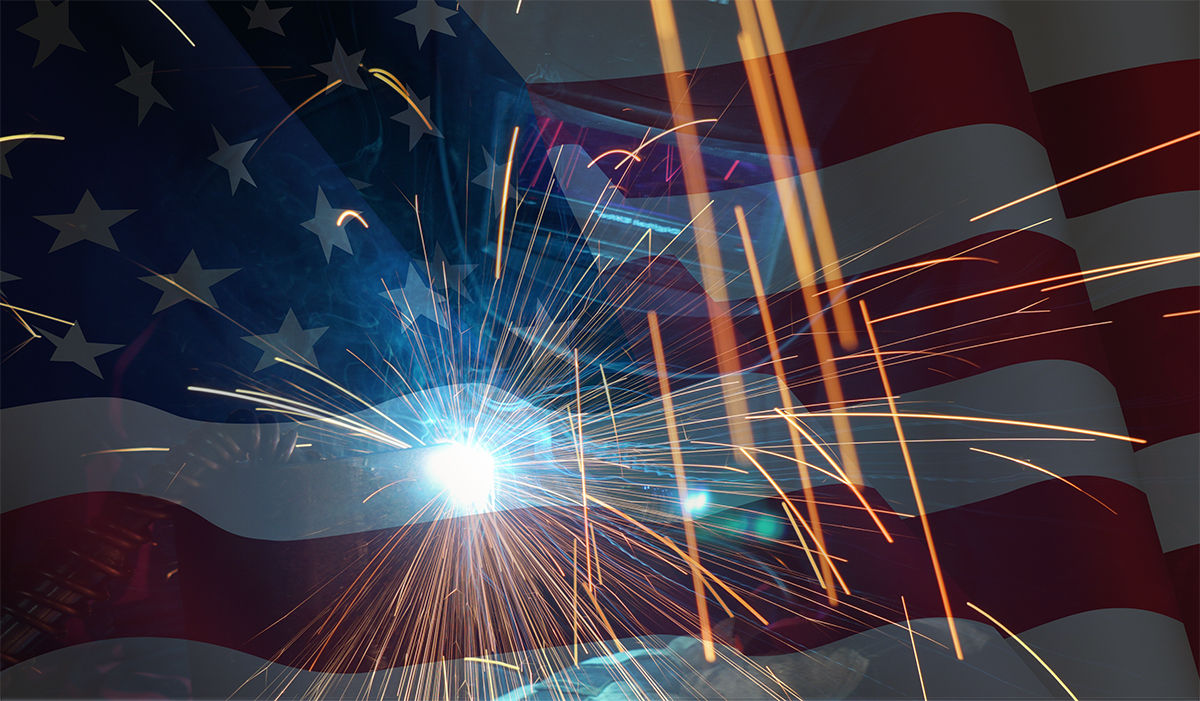
Welding Steel
Steel is mostly iron and carbon. Low-carbon steel is the easiest to work with, and cheaper.
The strength of steel provides the bone structure of bridges, skyscrapers, railroads, automobiles, and more. It's central to the growth of American industry.
Welding steel may call for TIG, MIG, or stick methods. The chemical composition and processing methods will determine steels final properties.


Welding Stainless
Stainless steel provides strength with corrosion resistance. The chromium in stainless steel makes it rust-proof. The level of chromium can vary, providing for different qualities.
It's used in pipes, the oil industry, the food and brewing industry, and for transporting in the medical industry.
However, stainless steel is more expensive than mild steel. And welding stainless steel requires experience to know the right heat level and how to prevent blemishes and scratches.
Welding Aluminum
Welding aluminum requires an experienced tradesman since the techniques are completely different than welding steel.
Aluminum is noncorrosive, lightweight, and looks good. However, the base alloy is soft, highly sensitive, and insulated by an oxidized layer. When in the molten state, impurities can creep in.
Some common uses of aluminum is in passenger cars, over-the-road trailers, railroad cars, aircraft, cookware, and canning foods. It's a great choice for when strength and a pleasing aesthetic is needed. It also absorbs paint and sealants. And aluminum, as we all know, is recyclable.


Copper Repair Welding
Copper has a high thermal conductivity (heat loss), requiring more heat in welding than is used for steel of the same thickness.
A professional welder will know how to match the oxidization of the flame to the type of copper used.
Copper is often mixed with other alloys to improve the desired properties. These can include aluminum, nickel, zinc, tin, and silicon.
Copper is popular for its decorative value in homes and architecture. But it's also used in the electrical industry, plumbing pipes, valves, and fittings.
Brass Repair Welding
Brass looks great when welded to other metals or combined with wood. It is referred to as a luxury material, sometimes used in architecture.
By varying the levels of copper or zinc, the alloys used to make brass, the properties and look (bright or dark) can be changed.
Brass is erosion-resistant, high-strength, and easy to form. In industrial products, you'll find it in fittings, tools, appliance parts, electronics, musical instruments, ship parts, and ammunition components. Since brass deters bacterial growth, it's often used in bathroom fixtures and medical applications.
For outdoor uses, brass will "patina" over time, but it will not corrode or rust. To keep the new look of brass, a sealer can be used. You can use common household products if you want to remove tarnish.
Welding brass starts with sheets, rods, or tubing. A professional welder knows that the level of base copper or zinc will determine the welding methods that produce the best results.




